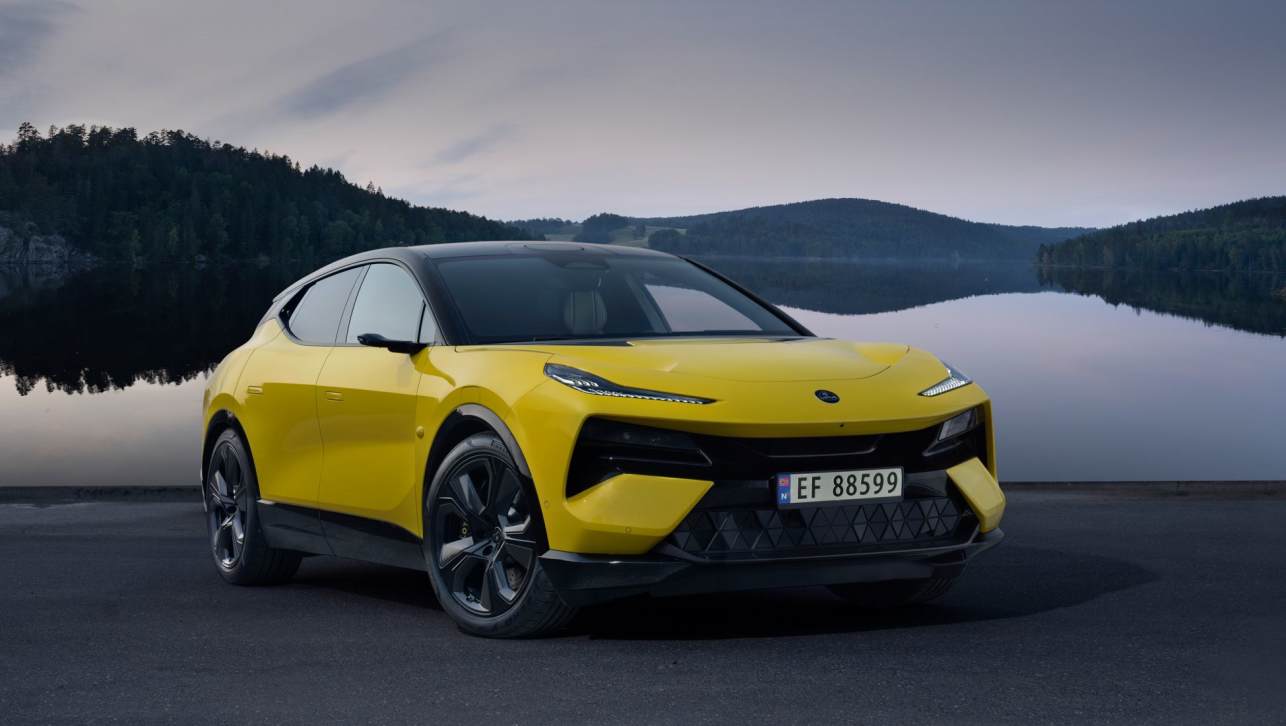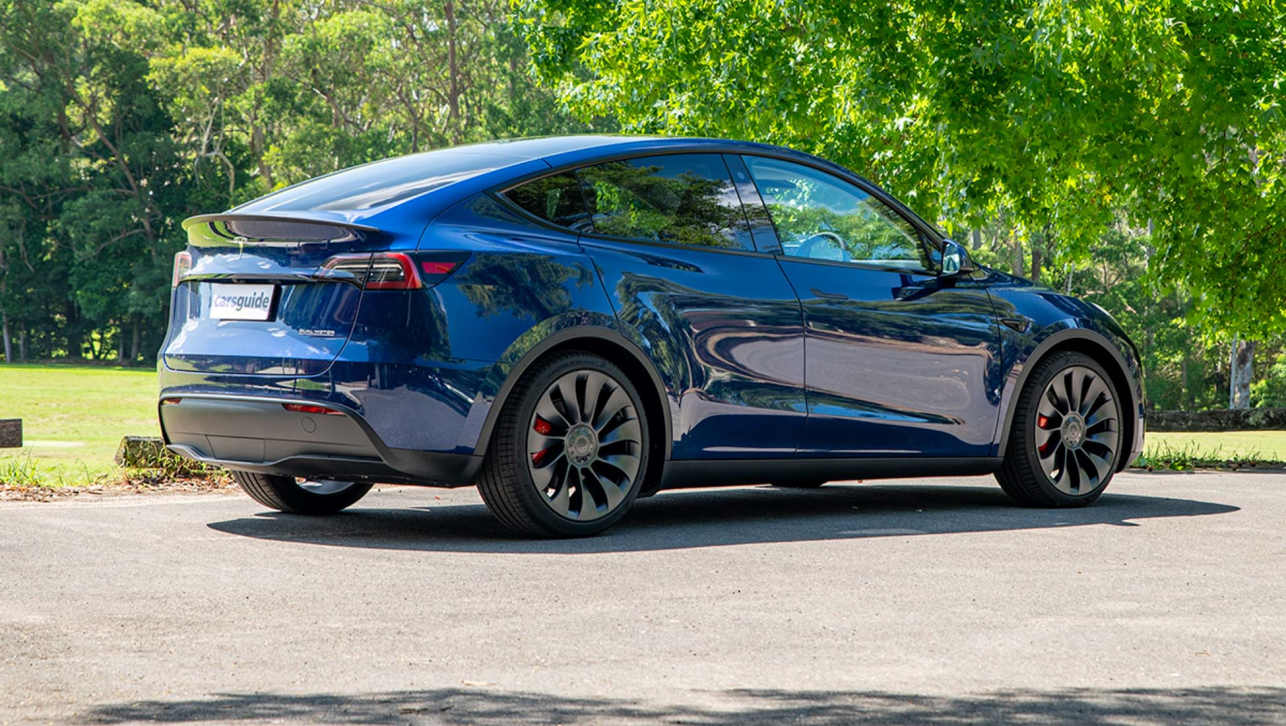"Even 30 years down the track there is hardly anything that handles as well, except perhaps the new Mini,"he says. Apart from being a Mini historian, Watson is a publisher of a quarterly magazine called The Mini Experience, which he started in 2004.
Watson's magazine is the country's primary resource for all Mini enthusiasts and it has an eager following with more than 1200 subscribers. Fittingly his daily driver is a 1976 Mini van, which shares his garage with a 1972 Mini Moke.
"They are a barrel of fun to drive," he says. "It's got the grin-factor. Every time I get behind the wheels I break out in a grin. As long as its well maintained there are very few cars on the road today that can compare." Watson's was one of several hundred Mini owners who attended a birthday bash for the car last weekend organised by the Victorian Mini Club.
Of the more than 5.3 million Minis sold, 200,000 buyers were in Australia, with production here ending in 1978. The car was the brainchild of engineer and designer, Sir Alec Issigonis, who famously drew the prototype on a tablecloth.
The project was initially called the Austin Design Office Project 15 (ADO 15) .When he sketched out his ideas, Issigonis made sure the car had a wheel at each corner to free up interior space, micro 10-inch tyres and east-west engine with a gearbox design that shared engine oil.
The original design was also about 300mm narrower than the final production car. It is said that when the final prototype was build, Issigonis was not happy with its proportions and suggested it be cut in half longitudinally and widened. The extra width ultimately helped its proportions and gave the car a better on-road stance and its famous sporty handling characteristics. He also wanted 80 per cent of the 3m car to be for passengers, a task he achieved.
Although front-wheel drive cars were already on roads, Issigonis took the concept further. He mounted the engine transversely to drive the front wheels, with the radiator at the side and then placed the transmission underneath.
The British Motor Corporation started Mini production on August 26, 1959. It was launched in two versions, the Morris Mini Minor and the Austin Seven and cost less than 500 pounds. Australian versions followed at BMC's Zetland plant in Sydney in 1961.
The Mini was initially sold as a bare-basics car with few luxuries. To help trim costs the original had sliding windows, external body welds and minimal creature comforts. Issigonis, who was a smoker, put an ashtray into the car but there was no radio and a heater was not available until the 1961 model arrived.
Despite being a smash hit, the first European examples had a few problems that would spell an instant consumer backlash and recall today. Ventilation was initially a problem as the rear hinged windows would not stay open, exhausts were fracturing because they lacked flexibility and if it rained the cabin could be flooded. All this did not matter though. People were crying out for low-cost motoring and as soon as the Mini arrived in showrooms it was a sellout.
It started a craze and became the car to own for people from pop stars to British royalty and appeared in cameo roles in various films, including The Italian Job. It also spawn a range of models including a van, wagon, ute and the hotter Cooper series. The Mini's compact rubber-cone independent suspension and a wide track allowed safe, responsive handling that later won races, including a swag of Monte Carlo rally wins.
Of the locally built Minis about 26,000 were Mokes, a quirky open-air car that defied description and initially started life to be a British military vehicle. Watson says despite the fact that the Mini has been around in Australia for just as long as the UK versions, little has been written about it. "There's lots of information available about the English cars," he says. "But I'm still finding out stuff about the locally built cars."
For example, the Moke was originally designed and built in the UK but it was never popular. Only 10,000 were built in the UK and about 90 per cent were exported to countries including Australia. BMC's Australian operations grabbed the opportunity to assemble the cars here and in 1968 Australia became the sole builder and supplier.
The Moke was something of a success locally and was subsequently exported to 80 countries. Watson also says there is some myth about whether the Mini was a profitable car. "It was always said that the Mini was a low profit, or no profit car," he says. "Ford apparently stripped one down and said that if it had built the Mini it would have lost 30 pounds on each car."
Watson believes that it's possible the entry bread-and-butter model would have lost money. "But very few people bought the base car," he says. "The Deluxe and premium models like the Coopers were very popular and profitable."
Watson says little is known about the first six Minis brought to Australia in 1960, except that they were not pre-production cars. "They were all early production cars, built in February 1960 and arriving in Australia in June or July," he says.
"Assembly of Australian Mini's began in January 1961, which is why many people believe these first six cars were pre-production models. Although they were pre-production Australian cars (our Minis differed in numerous ways from the UK Mini, from the outset) I believe that none of those cars still exist."
Watson has tracked down one of these cars, which has been restored and is now owned by a private collector in Queensland. It is generally accepted that the original Mini is one of just a handful of cars that have reach such an iconic status. It joins the original VW Beetle, Citroen 2CV and Model T Ford as having introduced low-cost mobility for millions of people.
The original ranks number four as the world's biggest selling car and was Britain's best selling car ever. The VW Beetle managed 21 million, the Ford Model T 15 million and the Renault R4 eight million. Today's Mini may be light years away in cost and equipment, but the original is credited with starting a small car revolution.
Low mileage originals in the UK are still sought by many and can fetch from $15,000 up to $30,000 for some of the limited edition and original Cooper S models.





.jpg)



.jpg)

.jpg)



.jpg)



.jpg)


.jpg)

.jpg)
.jpg)

.jpg)


Comments